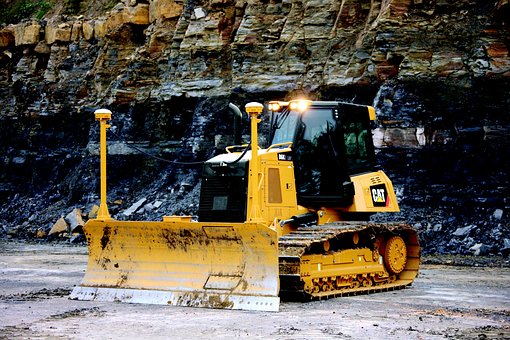Dozer Machine Control: Transforming Earthmoving Operations
Dozer machine control stands at the forefront of construction technology, revolutionizing how bulldozers operate in various earthmoving tasks. This technology integrates GPS, sensors, and digital data, significantly enhancing bulldozer operations’ efficiency, accuracy, and safety.
Understanding Dozer Machine Control
Dozer machine control systems utilize advanced technology to guide and control the movements of a bulldozer. These systems ensure that the dozer’s blade is positioned accurately for grading, pushing, and levelling tasks as per the project’s requirements.

Key Components
- GPS and GNSS Systems: These provide real-time positioning data, enabling bulldozers to operate with high precision according to pre-defined site models.
- On-board Computers and Sensors: They interpret GPS data and automate blade adjustments to maintain the correct grade and depth.
- 3D Site Models: Digital representations of the project site guide the dozer, ensuring compliance with the design specifications.
Advantages
- Precision in Operations: Enhanced accuracy in grading and levelling tasks, reducing the need for rework.
- Efficiency Gains: Faster completion of tasks with fewer passes, saving time and fuel.
- Reduced Material Costs: Accurate grading minimizes excess use of materials, leading to cost savings.
- Safety Improvements: Reduced risk of accidents and errors on the construction site.
- Data Integration and Management: Seamless integration with other digital tools for better project oversight and management.
Applications
- Road Construction and Maintenance: For accurate grading and levelling of roads.
- Land Development: Preparing land for residential, commercial, or industrial development.
- Agriculture: Land levelling for irrigation and farming purposes.
- Mining: In contouring and site preparation for mining operations.
Future Trends
The evolution of dozer machine control is closely tied to advancements in technology such as:
- Autonomous Operation: Further automation and remote control of bulldozers.
- Machine Learning: For predictive maintenance and operational optimization.
- Interconnectivity (IoT): Enhanced coordination with other machinery and systems on site.
- Virtual Reality (VR) and AR: For training operators and for virtual site planning.
Conclusion
Dozer machine control technology marks a significant milestone in the field of construction and earthmoving. By offering unparalleled precision and efficiency, it not only streamlines operations but also opens new possibilities in construction methodologies. As technology continues to advance, the role of dozer machine control in shaping the landscape of construction will only grow more prominent.
